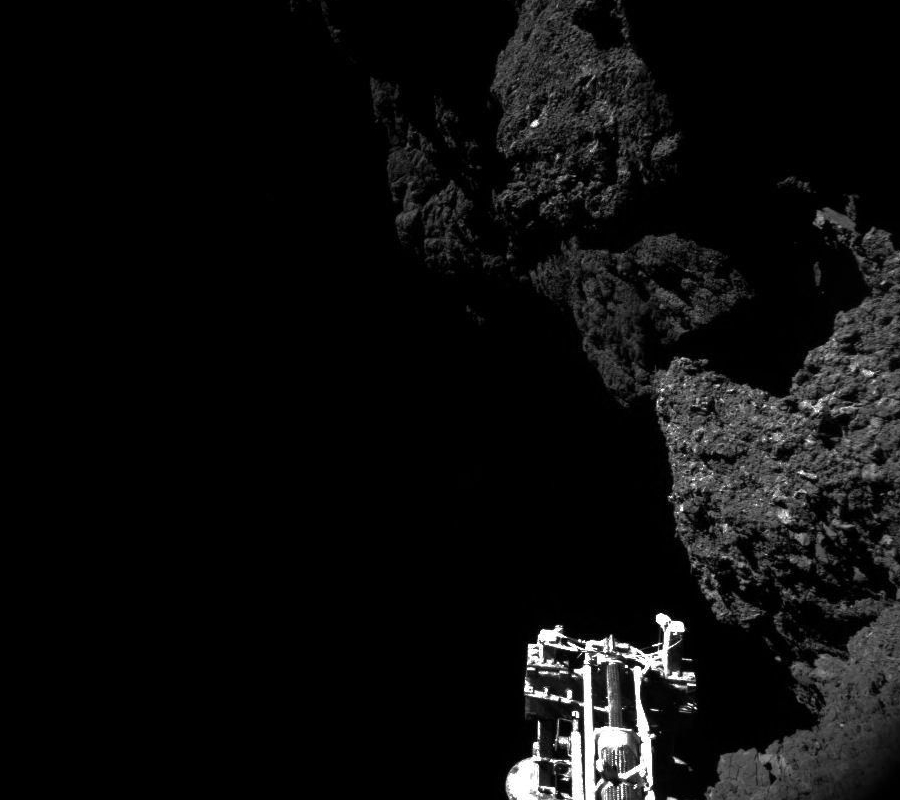The European Space Agency (ESA) announced it will switch off the Electrical Support System Processor Unit (ESS) on the Rosetta spacecraft on Wednesday at 5 a.m. ET. The ESS is the interface the mission’s Philae lander uses to communicate with Rosetta and send back its findings to Earth.
As the ESS goes completely off, there will be no longer communication with Philae. Launched in 2004 as part of the Rosetta mission, and arriving at Comet 67P in September 2014, Rosetta spacecraft became the first one to orbit a comet. Two months later, it released the Philae lander, making it the first spacecraft ever to land onto a comet millions of miles away from Earth, marking history for humanity.

Rosetta feeds from solar power, but the comet is fastly moving away from the Sun. As a consequence, there is less energy for the spacecraft to keep working. The mission was set to end on September 30th, twelve years after it was launched.
To save energy for Rosetta to continue working for the next two months, ESA decided to reduce power consumption by turning off components that are not essential, including the ESS.
Philae has not sent any signal for over a year
Since July 2015, Rosetta has not received any signals from Philae. The space agency considered the device to be in a state of eternal hibernation. However, they kept the ESS on, in case that Philae regained contact.
But since it has been over a year without any signs from Philae, the mission manager took the decision of switching off the ESS, this way saving energy for the spacecraft to end its mission. The Rosetta Mission Centre, along with the DLR Lander Control Center and the Rosetta Science Ground Segment implemented the decision.

The Rosetta probe is set to descent and crash into the comet it has been orbiting the last two years
While the Rosetta mission was full of acknowledgments, it also encountered many difficulties. During the landing of Philae, some of the functions of the spacecraft failed, making it bounce twice as it landed on the comet, and ended up in a shaded region of the rocky structure.
With no solar energy reaching its panels, the spacecraft turned off two days later. Scientists were expecting that after some time, when the comet got closer to the sun, the probe would get the energy needed to turn on again. It worked for some time. Rosetta received sporadic signals from Philae since June 2015, but a month later the signals stopped.
Scientists tried to get communication back, but none of the attempts worked. Philae remained silent since then, and the agency has finally given up and recognized that it is time to say goodbye to Philae as the Rosetta mission comes to its end.
Nevertheless, researchers have high expectation for Rosetta’s final weeks. The landing of the spacecraft will be a maneuver much more difficult than the release of Philae in 2014. They are expecting Rosetta to capture some final high-resolution images of Comet 67P for the Rosetta team to study and collect final data of the mission.
My power is decreasing so far from the Sun I can no longer listen for @philae2014: https://t.co/MZ3JiOB6pO
— ESA Rosetta Mission (@ESA_Rosetta) July 26, 2016
Source: The Verge
